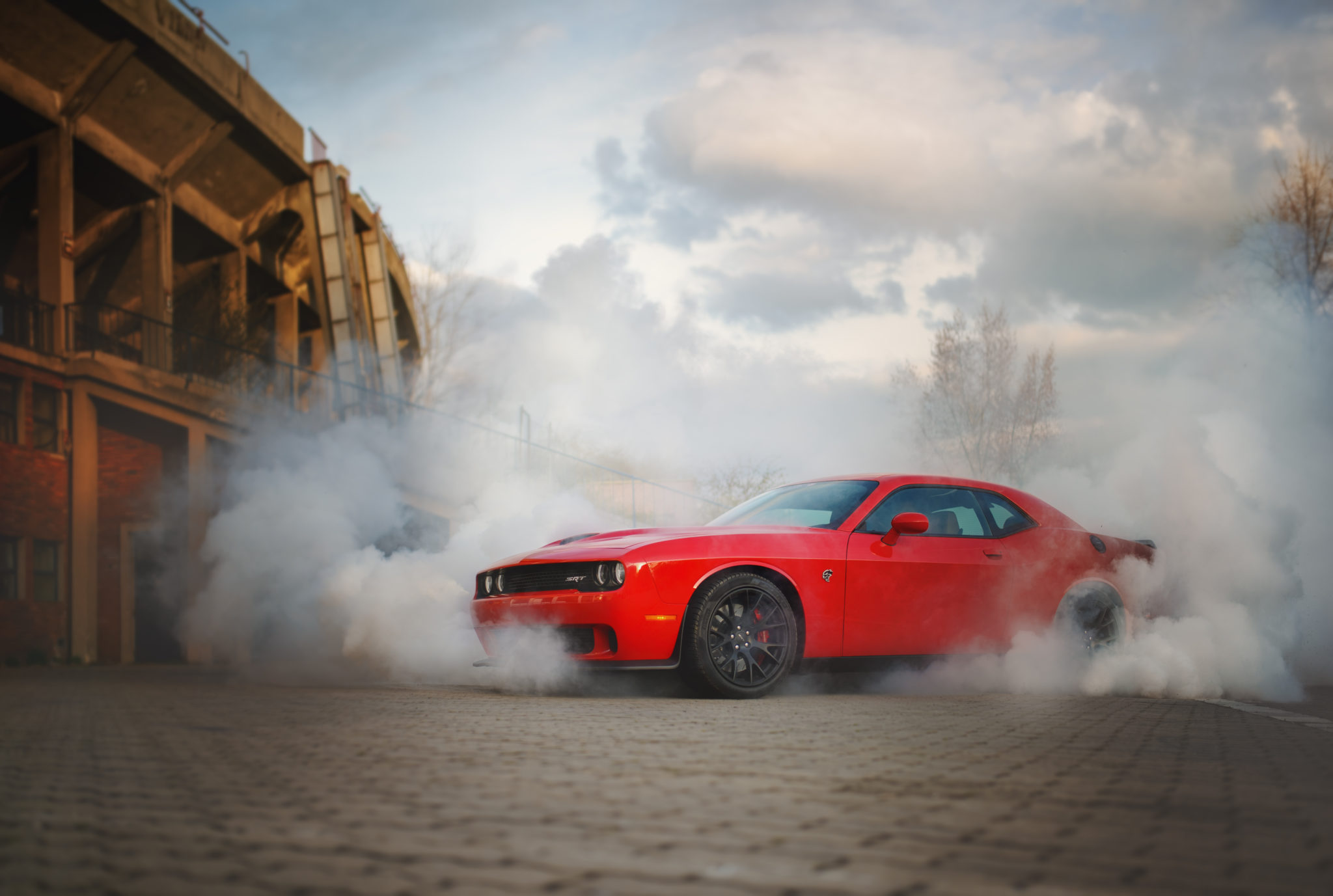A driveshaft is one of those car components that seldom gets attention unless something goes wrong. It’s that “out-of-sight, out-of-mind” approach. But when torque is not correctly being sent to the wheels, it’s time to focus on driveshaft repair. Besides the obvious symptom of wheels not rotating (which can be caused by other issues), there are several driveshaft red flags to be on the alert for.
Driveshaft Warning Signs
A Clunking or Popping Sound
Hearing a distinctive clunk or pop when the driveshaft is engaged is often an indicator of a failing universal joint (U-joint). This could be where the shaft connects to the differential or on the transmission end. You should be able to tell if the sound is coming from the front or back with careful listening skills.
Squeaking Sounds
A squeak can indicate all sorts of car troubles (like suspension or brake issues), but it’s also another sign of a U-joint problem. Specifically, the needle bearings have seen better days or at least need lubrication (if it’s a greaseable U-joint).
Shuddering During Acceleration
A bad U-joint, faulty center bearing, or misaligned yoke can cause the shaft to wobble, which can cause a shuddering effect. The shuddering becomes more noticeable as the driveshaft rotates more quickly.
Vibrations
Rounding out the quartet of bad driveshaft symptoms is a vibration arising from the transmission tunnel and towards the car’s rear. Again, it can be a U-joint problem. But, you could also be dealing with an out-of-balance driveshaft.
Inspection Is The Key To Driveshaft Repair
Spotting a warning sign is only the first step in repairing a shaft. You’ll need to physically confirm any concerns before starting work.
Check The U-Joints
Next, you’ll want to check the U-joints (the Achilles heel of most driveshafts). Park the car in a safe area and on a flat surface. Shut off the engine, engage the parking brake, and chock the wheels for extra safety. Try hand-rotating the driveshaft to see if there is any play in the U-joint. Movement means you’ve confirmed the problem.
You can also wedge a large screwdriver into the yoke (transmission or differential) and use it as a handle to turn the driveshaft. Again, any movement indicates U-joint troubles. While underneath, look at the U-joint for missing retaining clips or broken bearing caps.
Check The Driveshaft
Chances are you’ll have traced the problem to a faulty U-joint, but don’t ignore the driveshaft itself as the culprit. Grab a flashlight and inspect the shaft for creases, dents, or other damage. You’ll also want to look for missing balance weights (not all shafts use these) or broken welds. Even things like dirt build-up or paint overspray can affect a shaft’s operation.
Repair or Replace a Driveshaft?
As we covered earlier, most driveshaft problems involve U-joints. That’s good news is these repairs won’t break the bank. Plus, replacing a U-joint is something that most intermediate DIYers can handle. The biggest hassle will likely be raising the car.
The repair versus replace debate gets more complex if the issue is traced to the actual driveshaft. Sure, a broken weld on a steel shaft may be able to be repaired, but that’s only part of the process. Does the driveshaft need to be balanced? And, can you be sure the repair was done correctly? The last thing anyone wants is a steel shaft shredding itself, especially on the track or strip.
At best, someone who knows what they’re doing should handle steel driveshaft repair. This ability goes beyond welding (or whatever the issue involves). This person should have a comprehensive understanding of your car’s specs, how it’s being used, and the characteristics of the shaft. A local speed shop can be a good resource or find a mechanic who lives and breaths driveshafts.
And it gets trickier when you’re dealing with aluminum composition. Repairing damage to the tube of an aluminum shaft requires highly-specialized skills and a significant level of expertise. And most of the time, it’s not worth the effort and expense. Plus, you’re running the risk that the repair still won’t prevent a driveshaft disaster later on. Talk with the shaft manufacturer if you have any doubts.
It’s more cut and dry with a carbon fiber driveshaft. Either the tube is in good condition, or it’s not. So, a carbon fiber shaft that has dents, perforations, or shows signs of shredding needs to be replaced.
PST: Your Driveshaft Partner
You’re not alone when it comes it driveshafts. For more than 20 years, PST has been serving the needs of enthusiasts and professionals. Contact us today at 727-442-1711 for personalized help.

